Olive Tree Cuttings: [Concept, Season, Rooting and Planting]
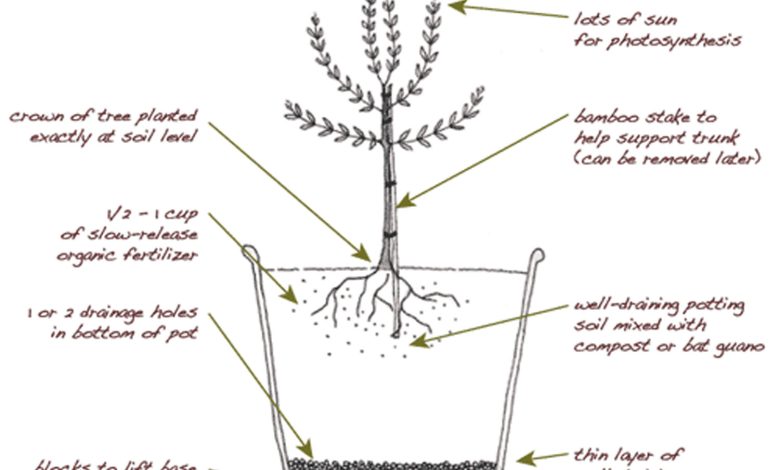
What does it mean to plant by cuttings?
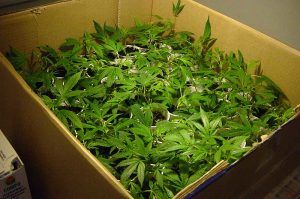 The procedure of planting an olive tree by cutting refers to the use of a piece, fragment or part of the plant to achieve the reproduction of the species.
The procedure of planting an olive tree by cutting refers to the use of a piece, fragment or part of the plant to achieve the reproduction of the species.
The cutting according to the botanical dictionary is a stem fragment with buds of woody consistency that is used for the multiplication of a new plant.
Currently, the technique of planting by cuttings has become very popular among those who are amateurs or people who are starting out in gardening.
The olive tree has a great capacity to reproduce vegetatively and this is due to the numerous latent buds present that develop in response to external stimuli of a diverse nature, facilitating the production of roots.
The best method of propagation of the olive tree and the most used, especially in Spain, is the method of cuttings (woody cuttings) obtained from pruning branches of adult olive groves.
This technique contributes effectively to the improvement of olive growing and the modernization of the olive growing industry, consequently producing better and higher profitability.
To know more: Reproduction by cuttings
What is the best time to plant olive cuttings?
Modern olive cultivation plantation systems allow the multiplication of the olive tree by cuttings to be carried out at any time of the year.
How to get olive tree cuttings to root correctly?
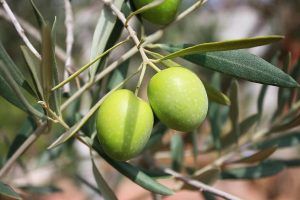 The correct multiplication of the olive tree through cuttings must take into account the environmental conditions, temperature, humidity and exposure to the sun.
The correct multiplication of the olive tree through cuttings must take into account the environmental conditions, temperature, humidity and exposure to the sun.
Researchers have reached the conclusion that in order for olive tree cuttings to root correctly, a correct application of growth regulators that favor rhizogenesis must be carried out.
How should we take the olive tree cuttings to plant them?
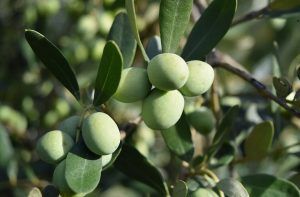 The semi-woody cuttings of the olive tree must be obtained from healthy specimens, carefully pruning stems between 10 and 20 centimeters long, leafless at the base and with two or three pairs of apical leaves.
The semi-woody cuttings of the olive tree must be obtained from healthy specimens, carefully pruning stems between 10 and 20 centimeters long, leafless at the base and with two or three pairs of apical leaves.
The cuttings selected for the multiplication of the olive tree cannot come from unloading branches, nor from trees in load, nor with inflorescences and fruits.Rooting is optimal if the cuttings are taken from olive trees in active vegetative growth.
The success of the technique lies in keeping the cuttings alive by placing them at a depth of 3 to 4 cm, in an inert medium, for which a mist tunnel is recommended, with a high degree of humidity and a favorable temperature.
The propagation of the olive tree using the cutting technique consists of 3 phases: rooting to cause the emergence of adventitious roots at the base of the cutting; hardening to promote strengthening of root systems; and an upbringing of the seedlings grown in a bag, to a single trunk.
How long should we leave olive tree cuttings in water?
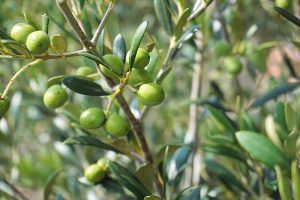 In order to avoid drying out of the olive tree cuttings to be planted, it is necessary to keep them fresh and moist during the time that the cuttings are prepared.
In order to avoid drying out of the olive tree cuttings to be planted, it is necessary to keep them fresh and moist during the time that the cuttings are prepared.
Once the cuttings have been prepared, it is advisable to treat them with a fungicide solution as a precaution against the development of diseases during the rooting period.
On the other hand, it is recommended that misting be used as a method for rooting olive tree cuttings since it maintains a high relative humidity and lowers the temperature.
Is it convenient to use fertilizer or compost?
 To ensure the success of the rooting of the cuttings, it is necessary to have plant material from plants with a good phytosanitary physical condition; Vigorous, with known reproductive characteristics.
To ensure the success of the rooting of the cuttings, it is necessary to have plant material from plants with a good phytosanitary physical condition; Vigorous, with known reproductive characteristics.
Before planting the olive tree cuttings, it is recommended to prepare the substrate on propagation tables or in boxes and generally with perlite and water well to give it adequate firmness.
Agricultural perlite is the most widely used rooting substrate but also peat, vermiculite or a mixture of all of them as long as the appropriate conditions are maintained.It is also possible to use washed sand, although it has the drawback of producing a long, unbranched and very fragile root system.
The substrate for planting must be heated so that the olive tree cuttings are kept between 20 to 25 ˚C and the environment around them must be very humid and somewhat cooler, which is achieved by intermittent misting.
The olive tree cuttings will be introduced into the substrate about four or five centimeters deep, so the substrate layer must have a thickness of about 10 cm, and the planting density must not be excessive.
How long does it usually take for an olive tree cutting to come out?
Compared to traditional methods of olive cultivation, propagation through cuttings offers the fundamental advantage of being able to root shoots per year.
In this way, a large number of plants are obtained from the same olive tree, that is, with the same varietal identity, with the quality and characteristics required by modern cultivation techniques.
Bibliography and references
- Bent Ana. (2019). Great Book of Indoor Gardening. First edition. Servilibro Editions, SA Madrid-Spain. PP 43-47.
digital database
- Montero, Maria del Carmen. Induction of rooting in olive tree cuttings through the use of plant growth bacteria. Reproduced from: https://idus.us.es/bitstream/handle/11441/24384/R_T.PROV14. pdf
- Pugamer.com. How to make cuttings or olive cuttings. Reproduced from: https://www.youtube.com/watch?v=uPIpbrTmL4U
- A simple trick to grow plants by cuttings. Reproduced from: https://www.youtube.com/watch?v=GfHWU_y_gX8
- Ecured.com. Cuttings. Reproduced from: https://www.ecured.cu/Esqueje
- López D, and Carazo N. The production of cuttings. Reproduced from: https://www.researchgate.net/publication/28280218_La_produccion_de_esquejes
On our page you can learn more about the reproduction by cuttings of some plants and trees:
- Rose cuttings.
- Rosal cuttings in potato.
- Olive cuttings .
- Rosemary cuttings.
- Lavender cuttings.
- Jasmine cuttings.
- Ivy cuttings .
- Geranium cuttings.
- Mandarin cuttings.
- Cypress cuttings.
- Carnation cuttings.
- Dracaena marginata cuttings.
- Carnation cuttings.
- Camellia cuttings .
- Cactus cuttings.
- Bougainvillea cuttings.
- Bamboo cuttings.
- Sweet potato cuttings.
- Boxwood cuttings.
- Artichoke cuttings .
- Begonia cuttings.
- Tree cuttings.
- Almond cuttings.
- Aloe vera cuttings.
- Oleander cuttings .
- Holly cuttings.

![Photo of Vacanita de los Melonares (Epilachna chrysomelina): [Characteristics, Detection, Effects and Treatment]](https://www.complete-gardening.com/wp-content/uploads/2022/08/vacanita-de-los-melonares-epilachna-chrysomelina-characteristics-detection-effects-and-treatment-300x220.jpg)
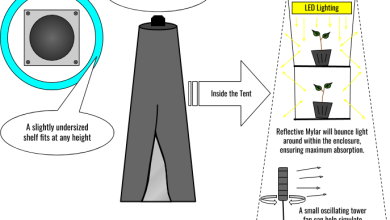

![Photo of Prune Dipladenias: [Importance, Season, Tools, Considerations and Steps]](https://www.complete-gardening.com/wp-content/uploads/2022/08/prune-dipladenias-importance-season-tools-considerations-and-steps-390x220.jpg)